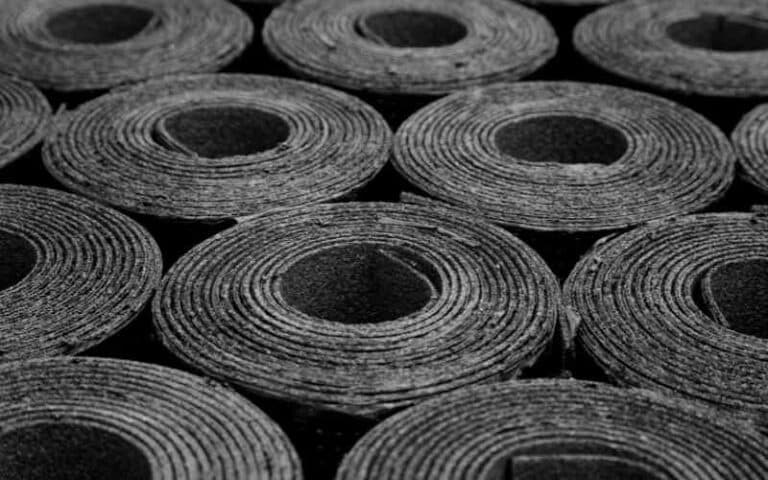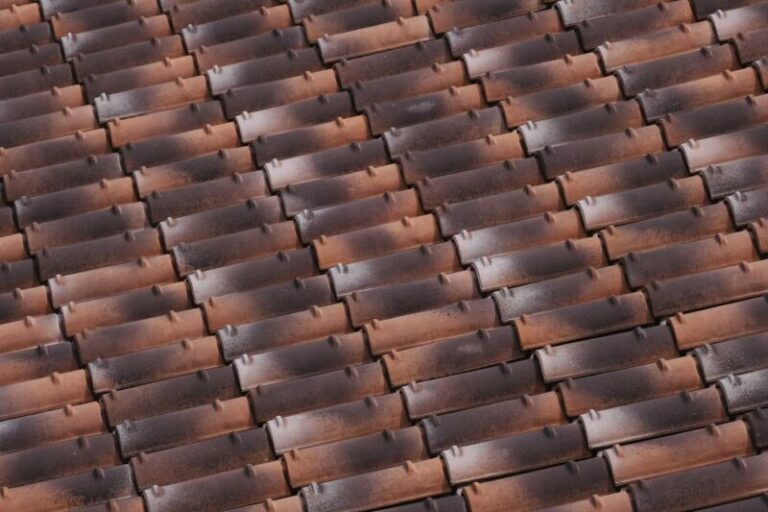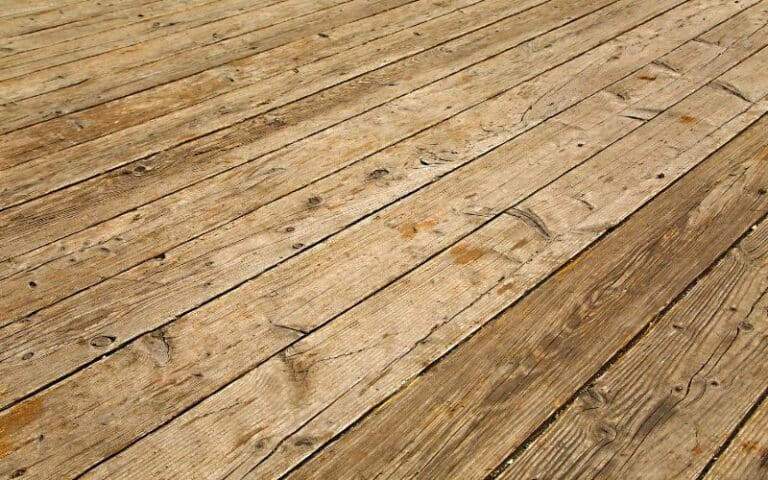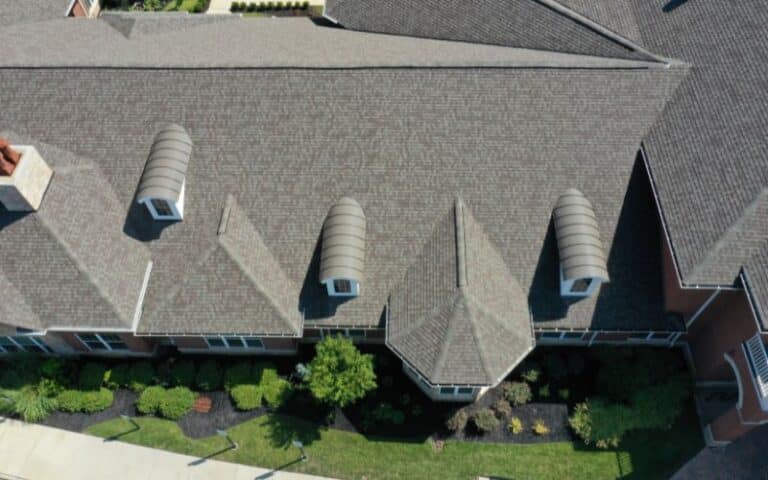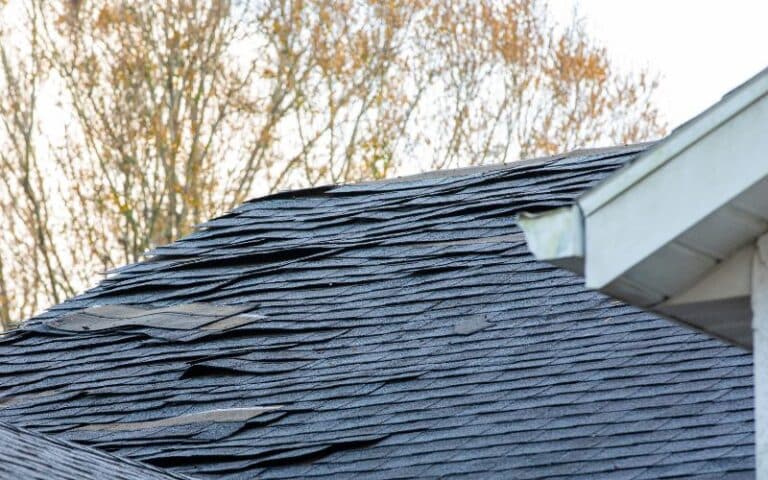What if it rains when laying your roof felt? Is it ideal tocontinue with the installationprocess? Before you start your installment process, one factor you should consider is the weather forecast.
If it is likely to rain, you should put the project on hold.
You can do some tasks while it’s raining slightly, but many could cause problems that would cost you more to fix. So, take a ride with me if you want to find outwhat you should do if it rains while installing your roof.
You cannot lay your roofing felt while it is raining because it is dangerous and poses many risks. So, a professional roofer would not work on your roof while raining because rains make it difficult for sealants to seal appropriately. Therefore, you are advised to stop your roofing project and wait until favorable weather conditions before laying your roof felt.
Can You Put Roofing Felt In The Rain?
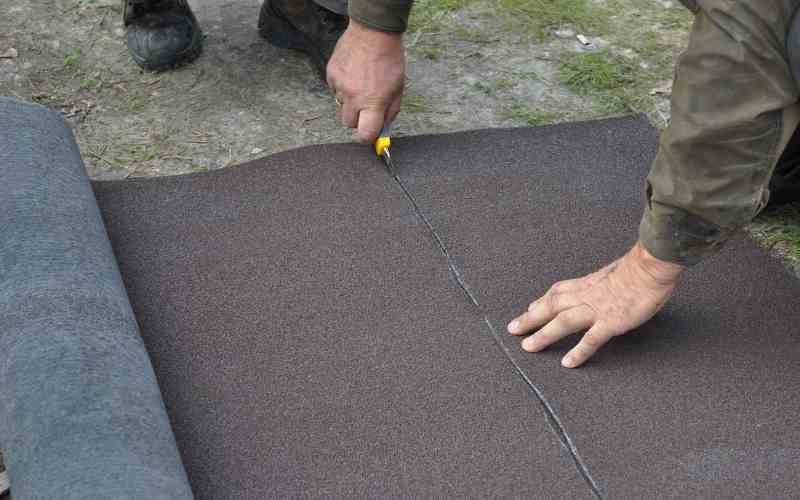
Different factors like quality of materials, timelines, etc., can be put under control when installing the roofing felt. The only unpredictable anduncontrollablefactor is the weather condition.
It could rain at any time and disrupt your roof installment. The time needed to install a roof is a few days, but you can do some roofing projects daily.
Professional roofers would prefer waiting till theweather is clearbefore laying your roofing felt. You should not put roofing felt in the rain because it can reduce the longevity of your roof.
In addition, the water will damage the roof decking.However, if it is raining slightly, roofers can cover themselves with a waterproof jacket and continue their jobs, but in case of a heavy downpour, the roof will have to be covered to reduce the risk offalling off the top.
The best thing to do is stop working and wait for the rain to stop. Here are some reasons roofing felt shouldn’t be laid in the rain:
#1. It Is Extremely Hazardous
Installing a roof is a dangerous job, even with ideal weather conditions. When it rains during the installment process, the roof becomes slippery,increasing the chances滑动和脱落。
In addition, the equipment used becomes challenging to move around with and could cause injuries if not handled properly. This is You should avoid onereason workingwhile it’s raining.
#2. It Reduces The Quality Of The Roof
If the roof is being installed in the rain, the盖屋顶的人的注意would be quickly getting the job done. Due to this, mistakes would be made and cause future problems.
#3. It Causes Poor Visibility
Working in the rain is dangerous due to poor visibility. It could limit the roofer’s access to specific working tools. In addition,finding sound footing would be difficultif there is water on the roof, and there will be increased chances of slipping off.
#4. It Makes The Installment Process Slower
The installment process is slow and working in bad weather conditions makes it even slower because you would experience difficultieshandling materials, and proper footing won’t be possible.
#5. It Shortens The Lifespan Of Roofing Materials
Water from rain causes the roofing materials to expand or contract. This causes cracks in the shingles, felt, and other roofing materials, which in turncauses leakagesand other roof installation defects.
You should be extremely careful if you are doing that job yourself. Hiring experts is safer as most of them do not work in such conditions. Do notmake a roofer work on a wet roof or while raining.
While it is raining, roofing is risky, even for aprofessional roofer.
What Happens If It Rains When Installing A Roof?
The weather could be unpredictable as the conditions can change at any time. With this in mind, experienced roofing contractors are expected to take theprecautions necessaryfor installing your roof.
They monitor the weather to install a roof when the weather is clear.
Roofers always carry protective coverings if the project is left unfinished or if it rains during the installation process. These protective coverings are made of tarpaulin that preventsrainfall on the unfinished roof.
It has to be done as fast as possible using safety gears because tiny drops of water on the roof surface can make it slippery and cause injuries. Do notinstallshingles on wetsurfacesas they won’t adhere properly.
An experienced roofer will ensure that there are no holes where rain could seep through while working on a roof. They make sure the home issafe from a downpour.
They could also use roof sealants like thebutyl flash sealant tapeto fix it temporarily till the weather is clear for a permanent repair.
These coverings should be readily available tocover the unfinishedpart till it stops raining. Installing a roof in wet conditions can make a new roof fail.
Roofing materials will not adhere properly to damp surfaces. If theroof plywoodis wetduring installment, it traps moisture inside the roof and causes rot, mold, or other problems.
Other inner components of your roof are susceptible to damage from water, and you should avoid exposure to moisture. Materials could bulge orwrinkle in high humidityand may cause bumps on the surface of your roof.
Wrinkles and ripples are signs that you should reroof your home.To prevent future expenses and damages, wait for the weather to be clear before installing a roof.
Most manufacturers of roofing products give guidelines on how you should install shingles and other materials. However, they do notguarantee your installationand are not liable for any damage from faulty installation.
This is why you need to be careful when hiring a roofer. If your roof is installed correctly, it will last for an extended period.
Can Roof Underlayment Get Rained On?
Underlayment is a critical part of aroofing system. It is installed between the roof deck inside and shingles outside.
It also acts as a protective layeragainst water penetration. Although not 100% waterproof, it prevents water from seeping through the roof.
If damaged, it reduces its effectiveness. Shingles are the only roofing component that can get wet or rained on for a long time. If water gets through the shingles, theunderlayment protectsthe decking.
Yes, roof underpayment can get rained on, but it should not be for an extended period.Underlayments are installed like shingles and roofers to overlap the edges and ensure the roof is adequately covered.
It is referred to asfelt or tar paper,and it keeps theroof dry while the shingles protectthe felt.
Due to its ability to resist, water acts as a shield and repels the water, allowing the roof to breathe. If exposed to moisture or sunlight for a long time, the觉得可以损坏.
Do not leave the roofing felt uncovered for more than three days. If it rains unexpectedly, covers open areas and stops working.
However, if it doesn’t rain heavily, roofers can only tear off and replace each part one at atime in cases of replacement.
Ensure proper planning before installment and get all materials needed. Put all unforeseen circumstances and how you would deal with them into consideration.
Choose days when the forecast doesn’t predict rainfall. Buy tarps tocover up your roofingfelt if it rains.
Although tarps would not keep your roof dried, they would help immensely. Do not work with wet roofing felt because it may rip.Can You Use Roofing Felt Under Vinyl Plank Flooring?
Conclusion
When it rains, the best thing to do is to stop working, cover up the roof with tarps, and wait till the rain stops.
Thunderstorms follow heavydownpours, and walkingon a roof which is a high surface, exposes you to being struck by lightning.
Also, rains slow down the workingprocess因为它是challenging to lay felt and shingles in wet conditions.

